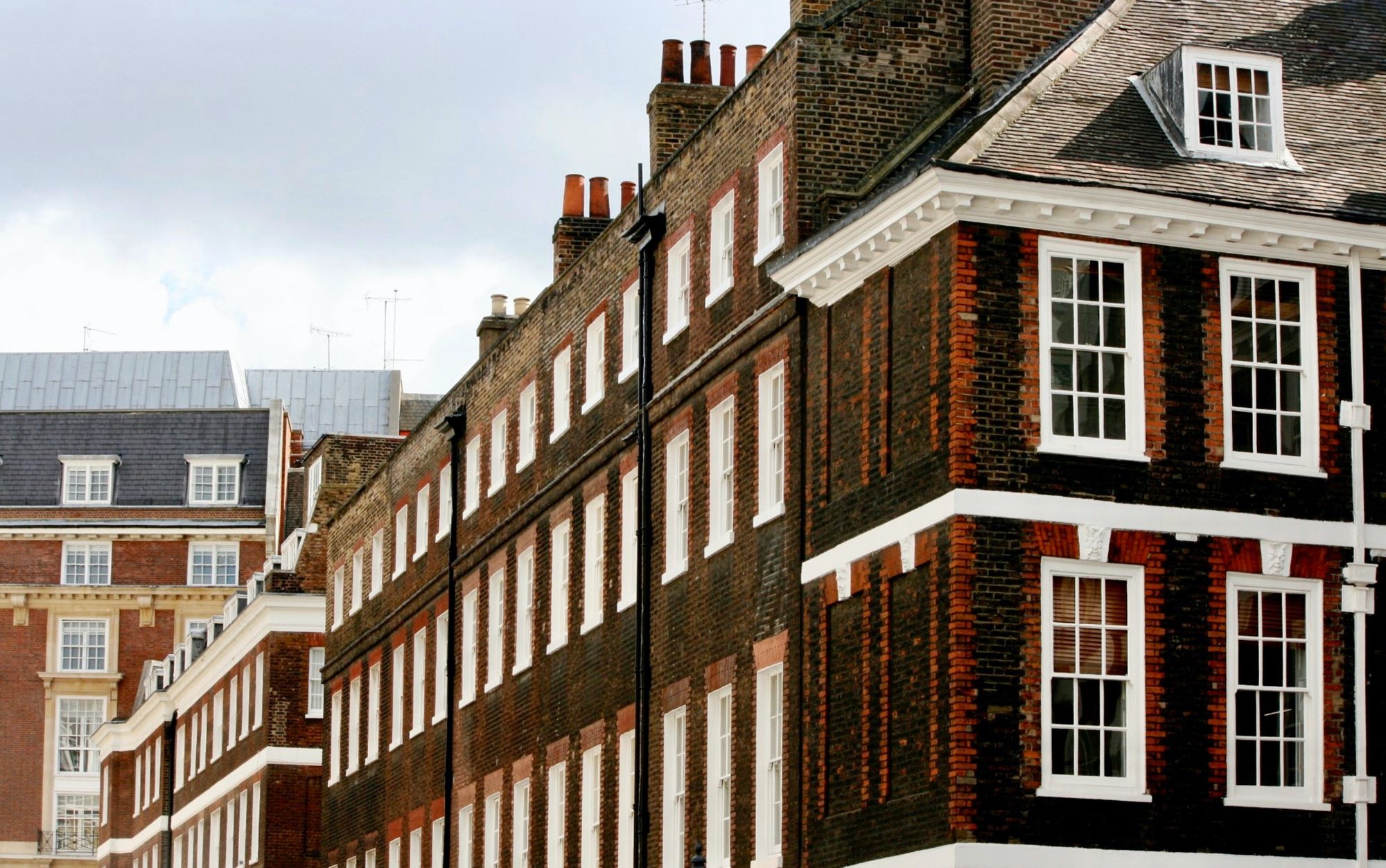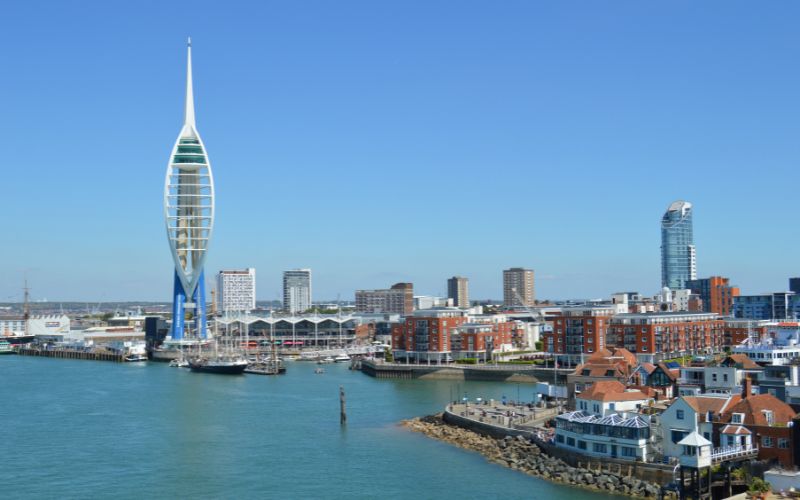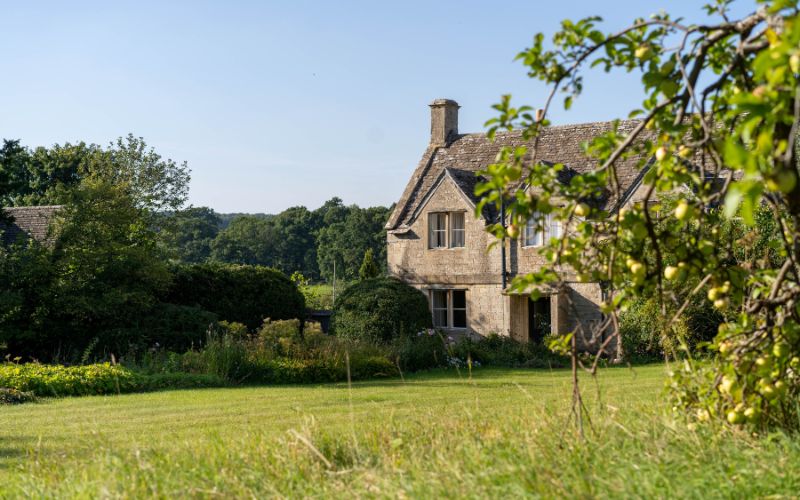Heavy shelling during the second world war led to the mass destruction of buildings across the country, particularly in London and the South of England.
Houses were reduced to rubble, leaving thousands of people homeless. This demanded a swift response to address the acute housing crisis facing the country.
As a result, the government introduced two crucial solutions: the construction of prefabricated homes, commonly known as "prefabs," and the development of extensive council housing projects.
A swift solution
Introduced in 1944, the "Temporary Housing Programme" aimed to build 500,000 prefabs across the UK.
By the end of the initiative in the early 1950s, approximately 156,000 prefabricated homes had been erected in towns and cities nationwide.
These temporary structures provided immediate shelter for families in desperate need and alleviated some of the post-war housing crisis.
With an urgent need for housing after the war, the government turned to prefabricated construction as a means of rapid and cost-effective rebuilding.
Prefabs were small, single-story houses constructed using standardised, factory-made components that could be easily assembled on-site.
These homes were often made from materials like steel, aluminium, or concrete, allowing for quick and efficient assembly.
The rise of social housing
While prefabs offered a short-term solution, the government recognised the need for a more substantial, long-term approach to address the chronic housing shortage.
This resulted in the Housing Act of 1946 which marked a significant shift in housing policy. The Act placed heavy emphasis on the construction of council housing, also known as public or social housing, which provided affordable homes for low-income families.
Local authorities were given the responsibility and funding to build large-scale housing estates.
These estates consisted of low-rise apartment blocks or terraced houses and featured modern amenities such as indoor bathrooms and shared green spaces.
Council housing aimed to provide better living conditions for working-class families and was seen as a way to create a more equitable society after the upheaval of the war.

Challenges and achievements
The post-war prefabs and council housing initiatives faced various challenges. Prefabs, although quick to construct, were not built to last and began to deteriorate over time.
The temporary nature of these homes became evident as many of them outlived their expected lifespan and remained occupied for much longer than initially intended.
Council housing, on the other hand, grappled with issues such as maintenance, overcrowding, and sometimes, poor design.
The concentration of large numbers of people in one area led to the creation of some infamous high-rise tower blocks, which eventually fell out of favour due to their association with social problems and crime.
However, prefabs provided essential housing during the immediate aftermath of the war, offering comfort and stability to families when they needed it the most.
Meanwhile, council housing played a pivotal role in reshaping the social landscape, promoting equality, and addressing housing disparities between different social classes.
Lasting impact
Council housing continues to be an essential part of the housing landscape, providing homes for millions of people across the country.
Over the years, council housing policies have evolved, and the focus has shifted towards mixed-tenure developments and the regeneration of existing estates.
Nevertheless, the core principles of providing affordable, decent housing for tenants remains a fundamental aspect of the UK's housing strategy.
Who are we?
Our team of Chartered Building Surveyors work closely with property owners, local authorities, landlords, and social housing providers across London and the South Coast to proactively navigate a changing horizon. From ensuring new projects are delivered on time and in budget, to delivering EPC and MEES upgrades on behalf of landlords.
Read more about our solutions here:
Reinstatement Cost Assessments
Planned Preventative Maintenance
Alternatively, email us at enquiries@sillencehurn.co.uk or call our Southampton team on 02380 014786 or London at 020 3143 2128
If you're looking for the next steps in your career, why not check out our latest opportunities and see if we align with you and your values!





